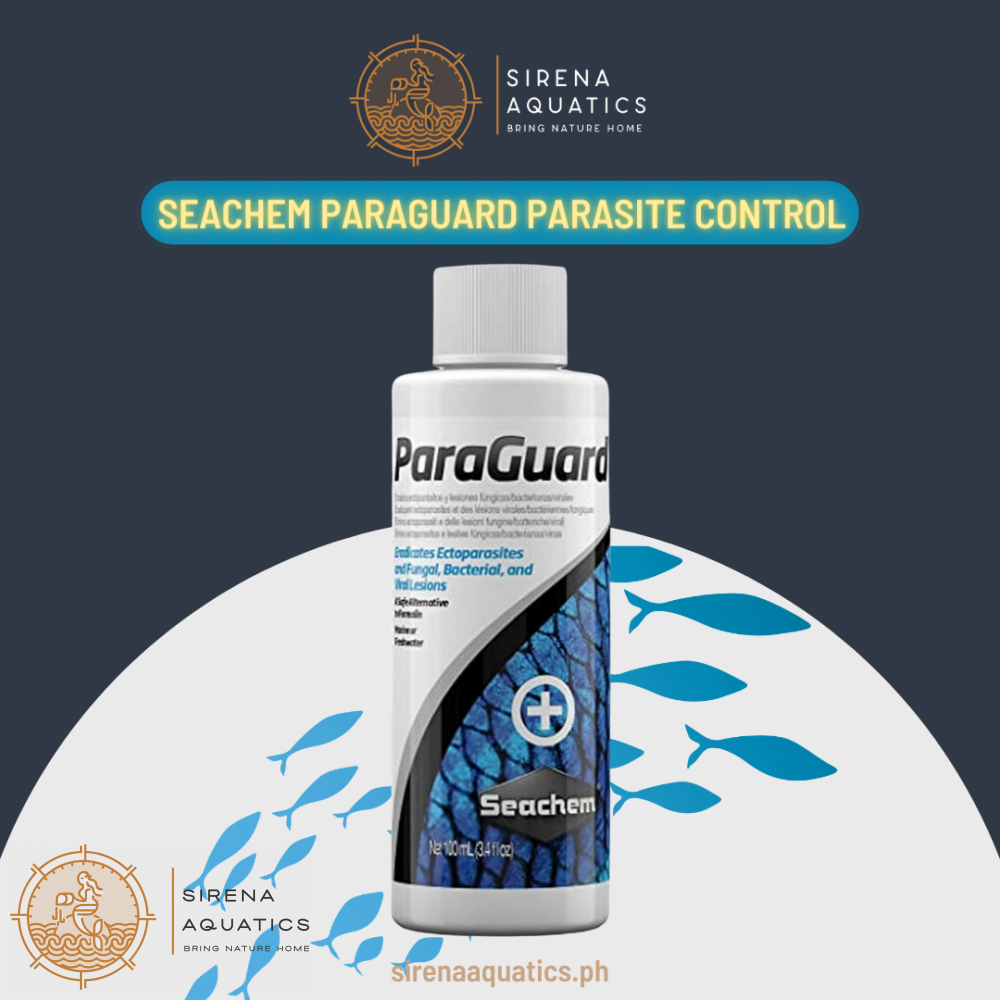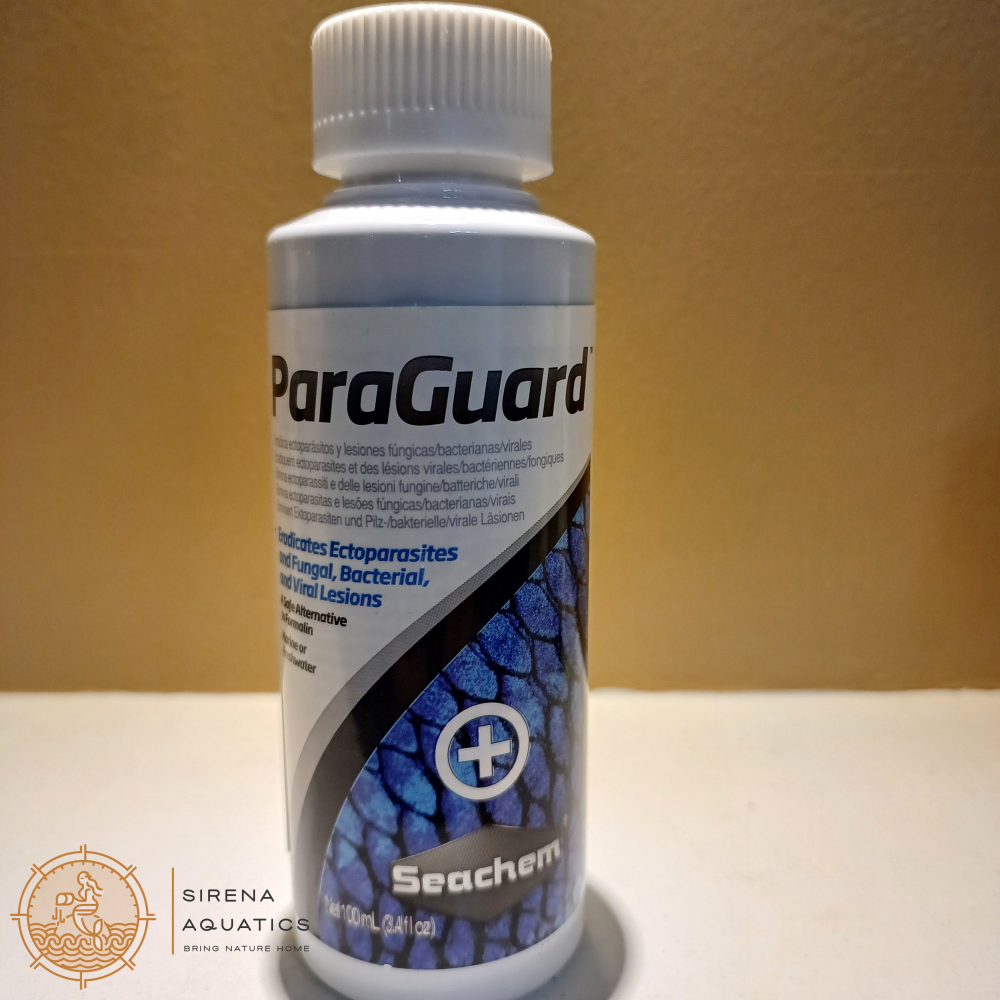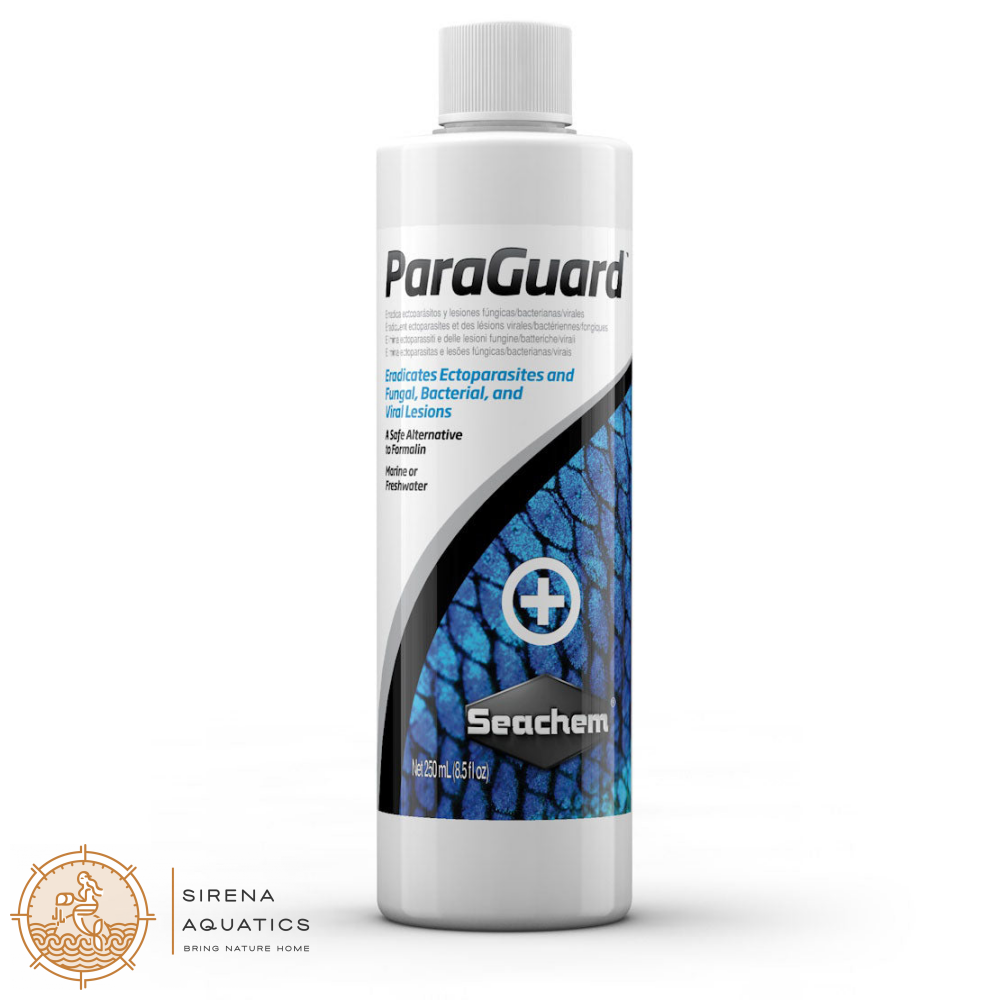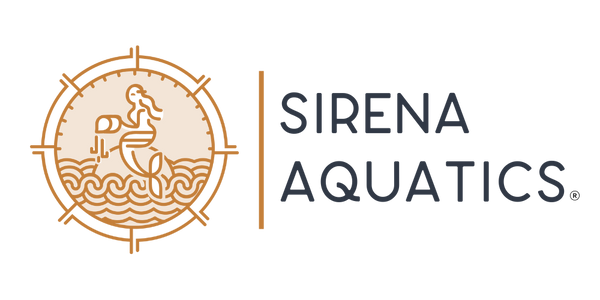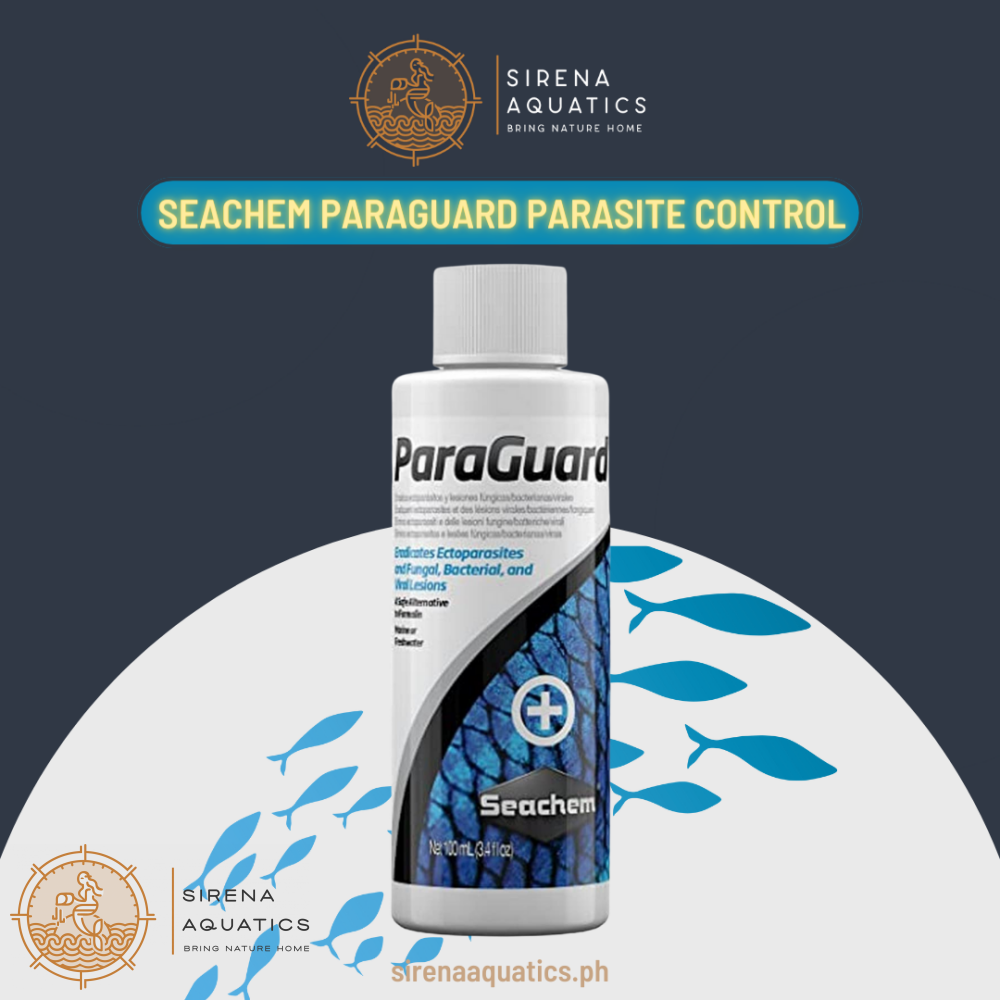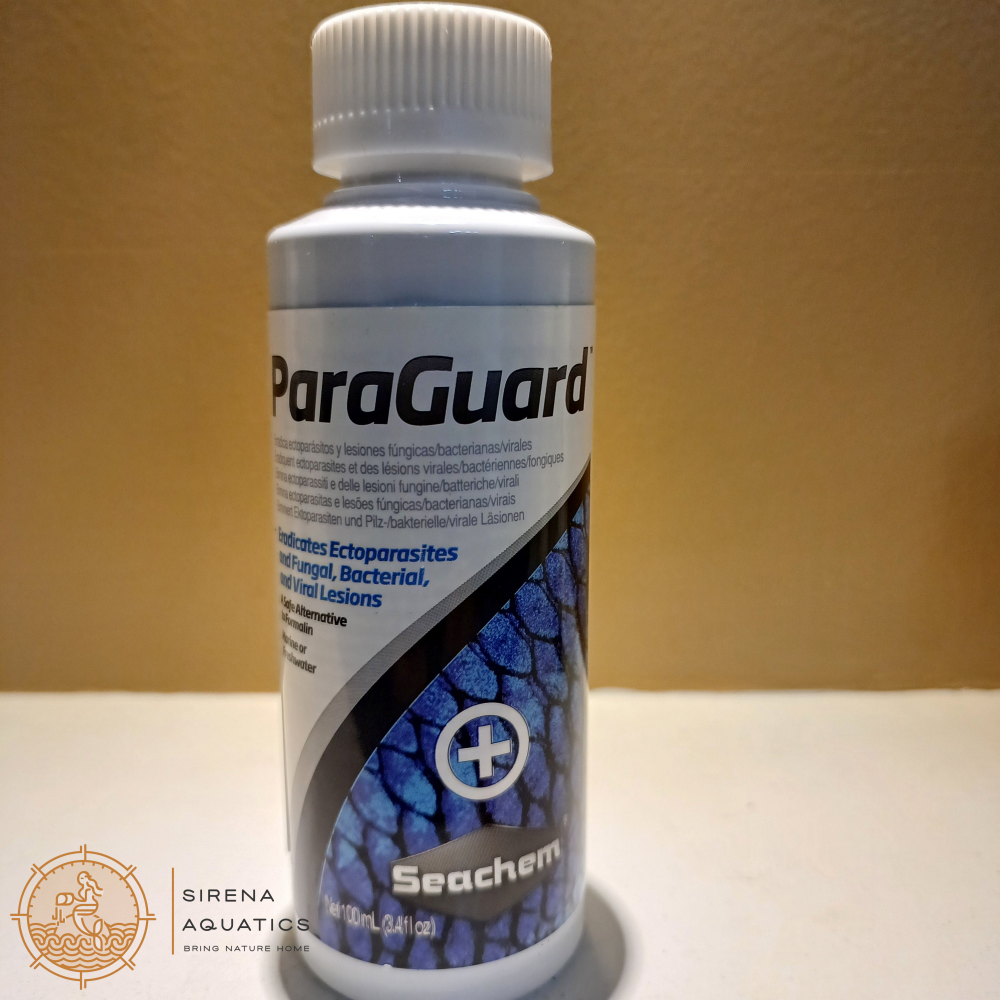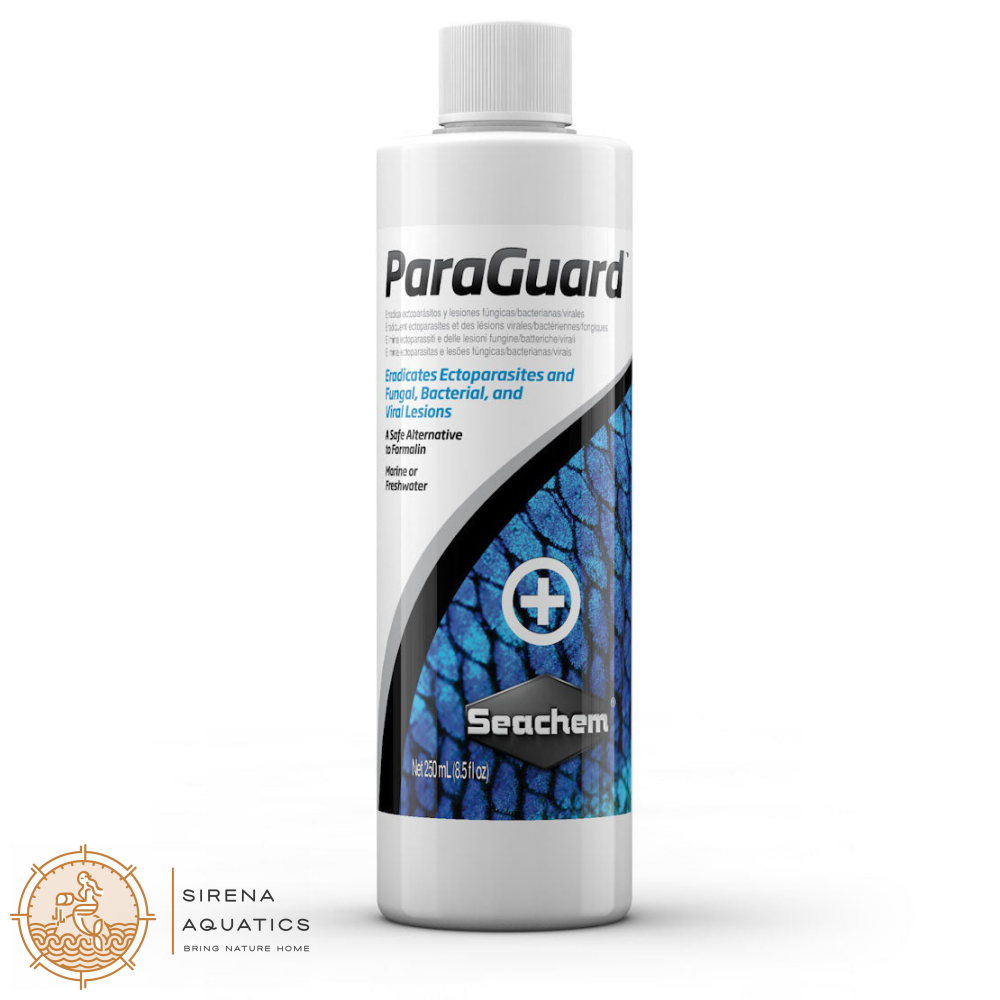Seachem
Seachem ParaGuard Fish Parasite Control - Aldehyde Based, Safe for Fish and Filter, 10% Weight, No Formaldehyde or Methanol, Eradicates Ectoparasites, Fungal/Bacterial/Viral Lesions (100ml)
Seachem ParaGuard Fish Parasite Control - Aldehyde Based, Safe for Fish and Filter, 10% Weight, No Formaldehyde or Methanol, Eradicates Ectoparasites, Fungal/Bacterial/Viral Lesions (100ml)
Couldn't load pickup availability

Seachem ParaGuard Fish Parasite Control (100ml)
Protect Your Aquatic Friends! 🐠
Looking for a safe and effective solution to combat pesky parasites in your aquarium? Look no further than Seachem ParaGuard! This innovative product is specially formulated to target ectoparasites, ensuring your fish remain healthy and vibrant.
Why Choose ParaGuard?
- Fish & Filter Safe: ParaGuard is the only aldehyde-based parasite control product that is completely safe for your fish and aquarium filter. Unlike traditional formalin treatments, it contains no formaldehyde or methanol, making it a gentler option for your aquatic environment.
- Effective Parasite Eradication: With a proprietary blend of aldehydes, malachite green, and fish protective polymers, ParaGuard efficiently eradicates a variety of ectoparasites (like ich), as well as external fungal, bacterial, and viral lesions (including fin rot). Say goodbye to unwanted guests!
- Perfect for New Additions: This product is particularly useful in hospital tanks or when introducing new fish to your community tank. It acts as a protective barrier, minimizing stress and ensuring a smooth transition for your aquatic companions.
- No pH Alteration: ParaGuard is designed to maintain the stability of your aquarium's pH levels, so you can treat your fish without worrying about disrupting their environment.
Key Features:
- 10% Weight Concentration
- Safe, Non-Toxic Formula
- Versatile Treatment for Various Conditions
Give your fish the care they deserve with Seachem ParaGuard Fish Parasite Control. Protect their health and happiness today! 🌊✨
Directions
Remove all invertebrates from the tank as well as any chemical filtration. Use 5 mL (1 capful) of ParaGuard™ for every 40 L (10 US gallons). Repeat this dose daily as required as long as fish show no stress.
ParaGuard™ can also be used as a medicated dip. For 1 hour dips, use 3 mL per 4 L (1 US gallon) in a container separate from your main tank. Dips may be extended if the fish show no evidence of stress. Keep in mind that many diseases linger in the water as well as on the fish. Giving a fish a dip treatment does no good if they go right back into infected water.
Quarantine
This is a tank set up in order monitor and medicate new fish before they go into the main tank. ParaGuard™ is gentle enough to use prophylactically (without visible symptoms) if needed. Quarantine times vary, but we generally recommend 2 weeks of treatment with ParaGuard™ to clear out any possible external infections.
Sensitive Fish
Some fish are more sensitive to medications than others. Eels, loaches, rays, sharks, and many others are well known for their sensitivity to all kinds of medications. If you suspect that your fish may be sensitive to medications, it is just fine to start with a partial dose and build up to the full dose over several days.
Not recommended for reef aquaria.
Indications
ParaGuard™ is appropriate for treating a variety of parasitic infections of exotic fish. Below are some of the more common infections treatable with ParaGuard™. Be aware that many diseases and infections share similar physical and behavioral symptoms, e.g. clamped fins, lesions, loss of appetite.
Ichthyophthirius - Ich (freshwater) / Cryptocaryon (saltwater)
Looks like salt sprinkled on the fish’s body and fins. Usually accompanied by twitching, flashing, and other signs of stress and irritation. Several parasites are grouped under this name, but the symptoms are almost identical. Ich is among the most common infections of fish, and is entirely treatable with diligence and attention to water quality.
Suggested Treatment Period:
14 days in freshwater, up to 28 days in saltwater
Special Considerations:
It is very important with this parasite to continue dosing for the full treatment period. A break in the medication allows the parasite to multiply and reinfect the fish.
Piscinoodinium (freshwater) - Velvet / Amyloodinium (saltwater)
Similar to Ich, but smaller and grey-gold. Most often seen in saltwater, but can occur in freshwater as well. Velvet is less common than Ich, but the treatment is almost identical. We see it more often in saltwater than freshwater.
Suggested Treatment Period:
14-21 days
Special Considerations:
Velvet is a photosynthetic parasite - it will help with treatment if you can turn off the lights while the fish are infected.
Fin Rot
Bacterial infection
Fins appear shredded, frayed, or decaying. Fin Rot is frequently mistaken for damage from fin-nipping fish. Contrary to the name, this is actually caused by bacteria, not fungus.
Suggested Treatment Period:
7 days or until infection clears
Special Considerations:
Fin Rot is often found as a secondary infection (that’s an infection that started because the fish was already sick). Make sure to check for additional infections.
Flukes (Gill and Body)
Dactylogyrus trematodes (skin) / Monogenenean trematodes (gills)
Fish appear sluggish, flash against rocks, and often gasp and show other signs of stress. Flukes are difficult to diagnose because the parasite itself cannot be seen until the advanced stages of infection. Look for gasping, irritated or red gills, excessive mucus production, twitching and flashing, and translucent spots (advanced infections)
Suggested Treatment Period:
14 days or until infection clears
Special Considerations:
Dip treatments with ParaGuard™ are helpful in treating and preventing flukes, but keep in mind that this parasite spends part of its life cycle living in your water and substrate - the entire tank needs to be treated in order to clear the infection.
